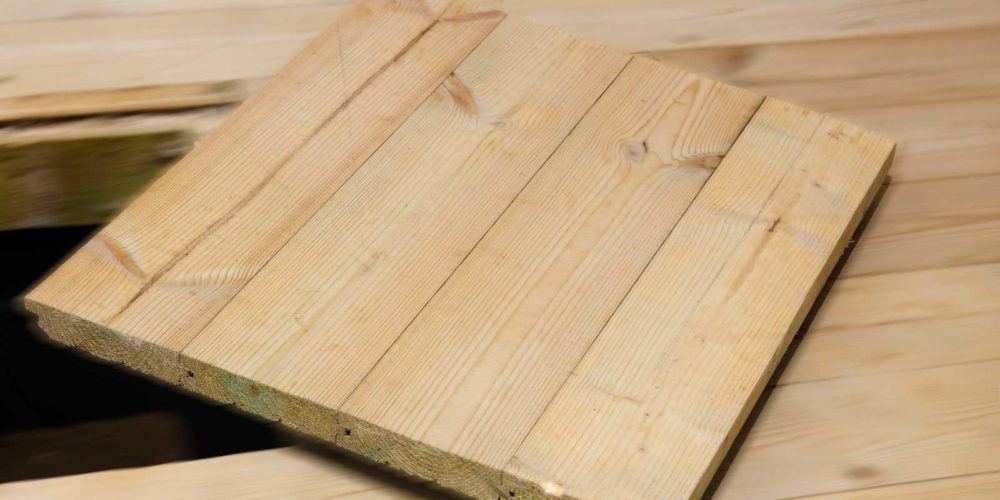Stop heat escaping, prevent draughts.
If you want a warmer home, floor insulation can make a big difference while cutting energy costs and saving you money.
Installing it involves adding an insulating material beneath your floorboards and/or concrete floor at ground level, stopping heat escaping as well as preventing draughts.
Houses with suspended floors built pre 1930s are more likely to lose heat through the floor, as they’re effectively suspended above a gap.
Homes built post-1930s tend to be built with concrete floors, and so have less of a problem. However concrete floor insulation will still save you money on your heating bill. Normally this involves insulating the cellar underneath, or adding a layer of solid insulation directly on the floor.
If you have a modern home, they are normally built with polystyrene insulation just below the concrete floor surface. If so, underfloor insulation is probably not something your home requires.

